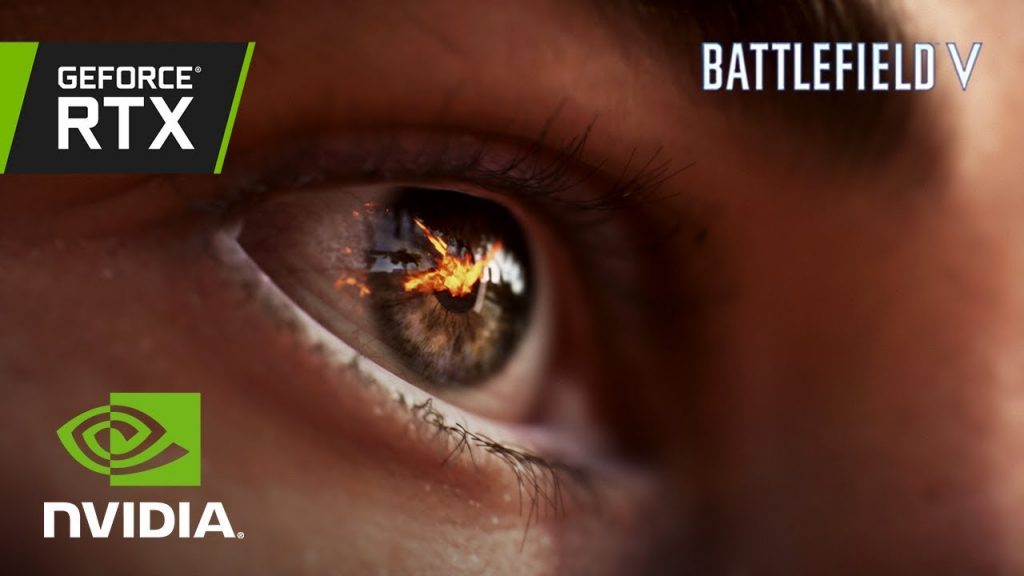At GDC last year, we saw multiple tech companies begin discussing the potential for bringing real-time ray-tracing to video games. Nvidia was the first to really begin pushing that boat with the launch of RTX graphics cards, featuring specific hardware to make ray-tracing faster and more efficient. From today onward, you won't need an RTX-specific GPU to see ray-tracing in action, as the latest GeForce driver unlocks DXR support on a wider range of graphics cards.
Ray-tracing has always been possible on non-RTX graphics cards. The RT Cores found within Turing just make ray-tracing operations faster. Microsoft's DXR API is the layer what actually makes it all function. Until now, Nvidia's driver has locked out non-RTX GPUs from running DXR but that changes today with the rollout of the GeForce 425.31 driver. This brings DXR compatibility to most GTX 10-series graphics cards and the new GTX 16-series.
Essentially what this means is that you will be able to turn on ray-tracing in Shadow of the Tomb Raider, Battlefield V, Metro Exodus and other supported games. However, it is worth keeping in mind that performance will be worse than what you would find on an RTX graphics card, due to the lack of RT cores. I ran a quick test today on Shadow of the Tomb Raider using a GTX 1080Ti and with ray-tracing shadows on ultra, I would see drops as low as 15 frames per second at 1440p. Using the lowest ‘medium' setting saw dips to 30 frames per second in the most demanding scenes, once again, at 1440p.
Most RTX-supported games offer a range of image quality settings to hit different levels of performance. I have yet to try out other titles like Battlefield V or Metro Exodus but if you are using a non-RTX graphics card, it is safe to say that you won't be getting a playable experience using ultra RT settings. It is also worth noting that while these older GPUs can now be used for ray-tracing, you won't be able to use DLSS for additional performance. DLSS requires Nvidia's Tensor cores, which are not present on the GTX 10 or GTX 16 GPUs.
So simply put, your mileage will vary when trying to play with ray-tracing on. At the very least, you'll be able to see what the effect is like at home, on your own display, before investing in expensive new hardware.
In terms of compatibility, this new driver supports DXR on the TITAN XP, TITAN X, GTX 1080Ti, GTX 1080, GTX 1070Ti, GTX 1070, GTX 1060 (6GB), GTX 1660Ti, GTX 1660 and the TITAN V.
KitGuru Says: I wasn't expecting much performance when it came to ray-tracing on a GTX 1080Ti. The effect is incredibly demanding and just goes to show how much extra horsepower the RTX series' dedicated RT cores deliver in this scenario. Have any of you downloaded the new driver yet? Have you tried switching RT on with an older GPU?
 KitGuru KitGuru.net – Tech News | Hardware News | Hardware Reviews | IOS | Mobile | Gaming | Graphics Cards
KitGuru KitGuru.net – Tech News | Hardware News | Hardware Reviews | IOS | Mobile | Gaming | Graphics Cards



